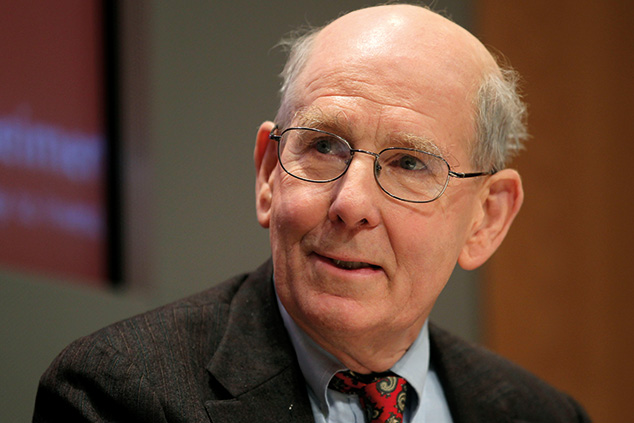
However, notes Shilling, investors shouldn’t lie awake at night fearing a repeat of 2008. Of the 11 recessions the US has seen since World War II (including the 2007-2009 slump), only three have been the result of “major financial or economic excesses”. These were the mid-1970s crash (which saw the S&P 500 in the US fall by nearly 50%); the tech bubble and bust (where the tech-heavy Nasdaq index lost nearly 80%); and the subprime crisis, when stocks fell nearly 60%.
The other eight recessions were simply down to “normal late economic cycle business and investors’ overconfidence”. On average, stockmarket losses amounted to slightly more than 20% in these sorts of recessions, which is the sort of peak-to-trough loss that Shilling now expects. That would take the S&P 500 down to around the 2,300 level. Of course, the Fed might cut rates and deliver a “soft landing”, as happened in the mid-1990s. But that would just delay the downturn until 2020, he says. According to Bernice Napach on ThinkAdvisor, Shilling reckons any recession will boost the US dollar, spelling bad news for commodities and emerging markets.